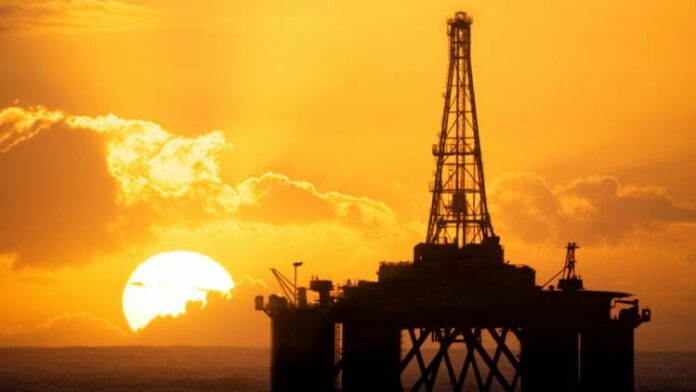A new generation of subsea equipment is tackling a structural cost issue and giving rise to new opportunities for the OSV fleet, writes Maritime Strategies International's Gregory Brown
Subsea is one of the most complex areas in the exploration and production sector. In waters up to 3,000 metres deep, production infrastructure must withstand reservoir pressures in excess of 10,000psi and drilling temperatures well north of 150 degrees Celsius.
As oil companies have sought to push developments further offshore and into deeper waters, infrastructure has grown in size and complexity. Larger physical footprints have led to higher prices, contributing to a structural cost issue that increasingly looks misaligned to a newly capital-constrained and returns-focussed industry.
Amidst a prolonged and painful downturn, the industry continues to face unrelenting price pressure but has attempted to reclaim profitability by rethinking how offshore reserves are developed. The change has brought about a new generation of subsea hardware which in-turn is set to create a new opportunity for the OSV fleet.
Using smaller, more fit-for-purpose installation assets marks a line in the sand for the offshore industry. Over the course of the last three decades, offshore field developments have been designed with extra redundancy, higher cost and greater weight. The next generation of technology has facilitated the same end result in far smaller packages with no loss of functionality. The mantra of 'bigger is better' appears to be confined to the legacy of last cycle’s excesses, and we envisage a market where more is done with less.
For the traditional subsea supply chain, this shift represents a material threat. Manufacturing patterns and shifts will have to change as the market moves towards engineered-to-ordered solutions. With modules built from a catalogue rather than the bespoke solutions of today, total engineering requirement will fall and using more standardised components, a far greater level of automation could be introduced to the manufacturing process.
With lead times shortened, time to market will be dramatically reduced and so vessel schedule optimisation will be increasingly important. Industry consensus and our own forecasts suggest that outside of greenfield work in the likes of Guyana and large-scale LNG projects off East Africa, the subsea market will be characterised by a greater number of small-scale tieback projects for the foreseeable future.
With that being the case, we see a significant opportunity for the OSV fleet. With subsea infrastructure now routinely designed to weigh less than 100 tonnes, assets such as multipurpose supply vessels and anchor-handling tug supply vessels could play a larger role in the installation process. For owners, this could open new revenue generating opportunities while oil companies stand to benefit from structurally lower costs of chartering OSVs versus heavy construction assets. We do still see a market for the enabling assets, but their deployment looks increasingly marginalised.
In a market where exploration drilling looks set for only a gradual recovery, the OSV fleet will have to capture new demand in order to return to higher levels of utilisation. The subsea installation market represents one such new revenue stream that has hitherto been serviced by only a fraction of the fleet.
Source:osjonline



